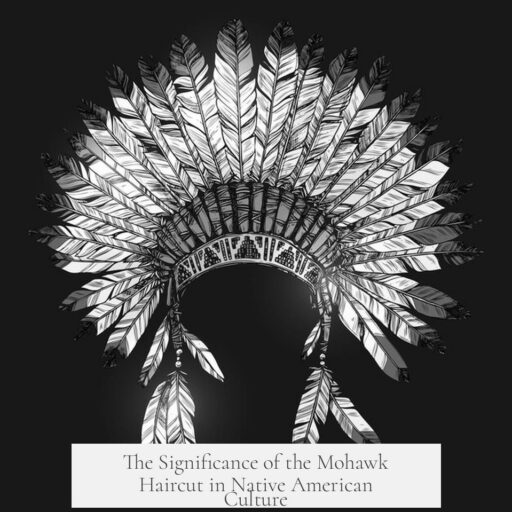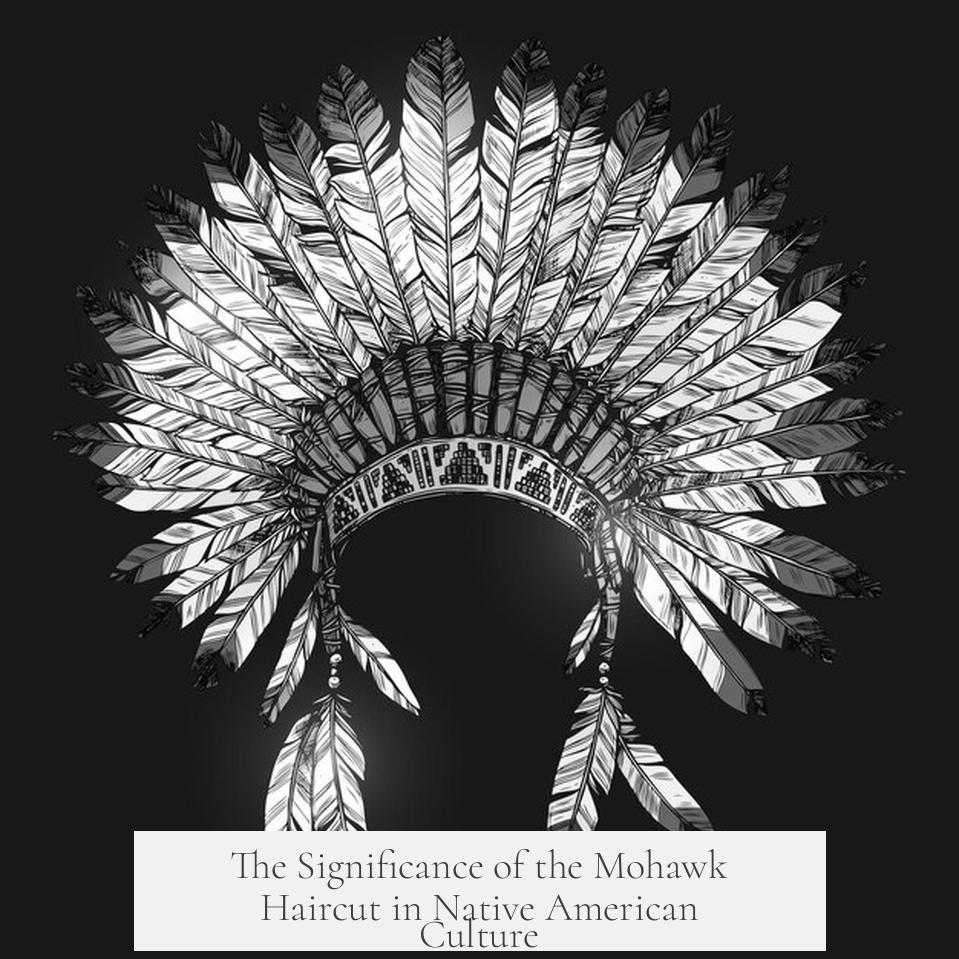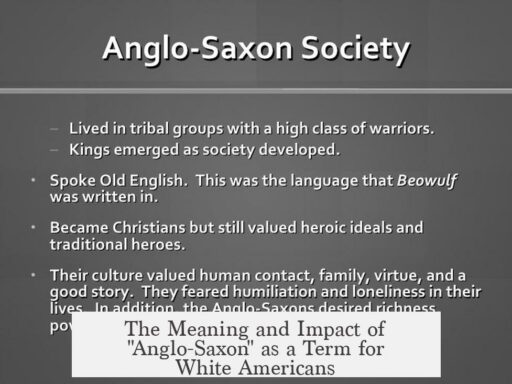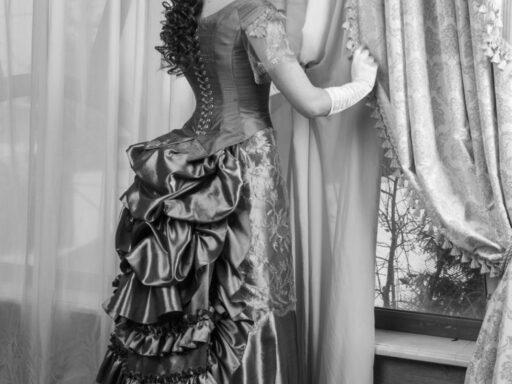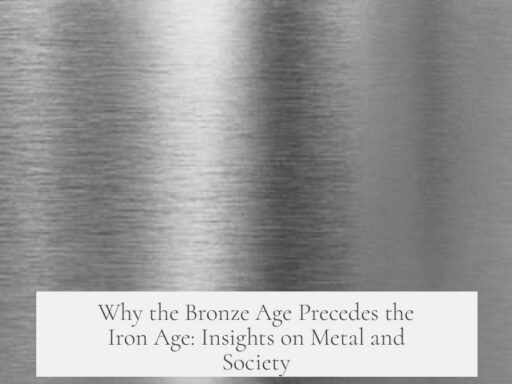The Mohawk haircut was prevalent among Native American tribes primarily because it served practical, cultural, and symbolic purposes, especially among men of fighting age. This hairstyle, often recognized as a variant of the “roach,” was designed to keep hair away from bowstrings and weapons, reducing interference during combat or hunting.
Across eastern North America, various tribes developed distinct hairstyles reflecting local aesthetics and cultural meanings. For example, Timucua men in Florida maintained long hair pulled into a topknot. The Powhatan men shaved one side of their heads while allowing the other side to grow long, a style significant enough to gain religious-cultural attention during a Powhatan priest’s visit to England.
The “roach” style—often labeled as the Mohawk—was widespread not only in the eastern regions but also in some Plains and Columbian Plateau cultures. It primarily identified men of combat readiness. Typically, the roach does not extend fully forward; instead, it is accented with various artful attachments to enhance its appearance.
These hairstyles often included artificial extensions made from deer hair, porcupine guard-hairs, or other animal hair. These materials were dyed and affixed to the natural hair, held upright by a roach-spreader. Feathers and other regalia were attached to signify status or achievement. Modern ceremonial roaches are fully artificial and secured with a chin strap during dances.
An important cultural element associated with the roach was the scalplock, worn either in front or back. Scalplocks were braided and decorated and held special importance as symbols of bravery; losing one in battle was a real risk, making them a point of pride when displayed proudly. The Pawnee, among other Plains tribes, were particularly noted for their roach hairstyles.
Hairstyles like the Mohawk combined practicality with deep cultural resonance, marking identity, status, and readiness for battle across numerous Native American groups.
- Practical: Keeps hair clear for bowstrings and combat.
- Cultural: Reflects tribal aesthetics and traditions.
- Symbolic: Associated with fighting age and bravery.
- Decorative: Uses animal hair extensions and feathers.
- Linked with scalplocks, symbols of courage and status.
For detailed cultural variations and examples, the Encyclopedia of American Indian Costume offers extensive insights.
Why Was the Mohawk Haircut So Prevalent Among Native American Tribes?
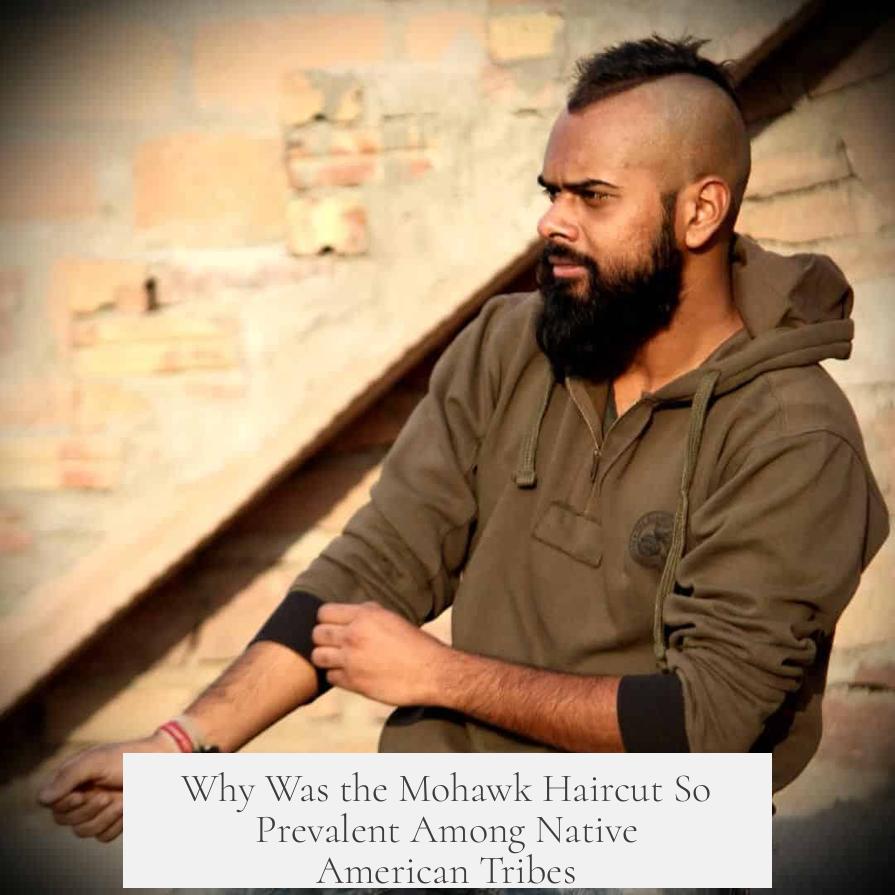
The Mohawk hairstyle was popular among Native American tribes mainly for practical reasons, cultural expression, and as a symbol of strength and status, especially among men of fighting age. But why exactly? Let’s dive into the details.
First off, imagine you’re a warrior or hunter constantly handling a bowstring. Long, loose hair is a pesky hazard. It can get caught or tangled and slow you down at a critical moment. So, many Eastern North American men chose hairstyles that kept their hair out of the way to avoid bowstring entanglements. The Mohawk, or more broadly, the ‘roach’ hairstyle, fits the bill perfectly. It keeps hair neat, contained, and combat-ready.
But the Mohawk isn’t just one haircut worn uniformly across tribes. Native tribes showed incredible variety in their hairstyles, reflecting unique aesthetics and cultural stories. For example, the Timucua men in Florida grew their hair long but pulled it up into a tidy topknot. Meanwhile, Powhatan men took a different approach: they shaved the right side of their heads and let the hair grow long on the left side, marking religious and cultural identity. This style even got attention abroad during a Powhatan priest’s visit to England, a testament to its significance.
So where does the Mohawk fit into all this? It’s actually a variant of the ‘roach’ hairstyle, a style widespread both in the New World and Old World. The name ‘roach’ comes from the French word roche. This style wasn’t exclusive to one tribe or region but especially common in eastern North America. It also appeared among some Plains and Columbian Plateau cultures.
The men who wore these roach styles were often those of fighting age. This wasn’t just a haircut; it was a badge of maturity, readiness, and warrior status. The roach kept hair upright and clear for battle, giving a fierce, unmistakable presence.
What Made the Mohawk or Roach Hairstyle Unique?
The eastern roach often didn’t run all the way forward on the head, a subtle but distinct trait in many representations. The dramatic, long vertical hair commonly seen in modern images might surprise you — sometimes that high, spiky look comes from added decorations, not just regular hair.
Native artisans cleverly incorporated artificial extensions made from deer hair or porcupine guard-hairs, often dyed brilliantly. These added volume and made the hairstyle stand out even more during ceremonies or war preparations.
How did these pieces stay put? Enter the roach-spreader, a handy tool that held the hair up and, often, feathers that completed the warrior’s regalia. These feathered headpieces became iconic symbols. Today, versions of this style are mostly artificial and secured with chin straps, especially during traditional dances.
Scalplocks – Pride and Status Markers
The Mohawk or roach usually came paired with a scalplock—a small cluster of hair that was left long while the rest was shaved. Scalplocks often sat at the back of the head but could also be worn at the front.
These scalplocks weren’t just decorative. They told stories. Warriors earned pride by having impressive scalplocks since they often risked losing them in battle. Each scalplock was a respected trophy, a visible sign of bravery and achievement. Some Plains tribes, like the Pawnee, were especially known for sporting scalplocks along with their roaches.
Practicality Meets Culture Meets Symbolism
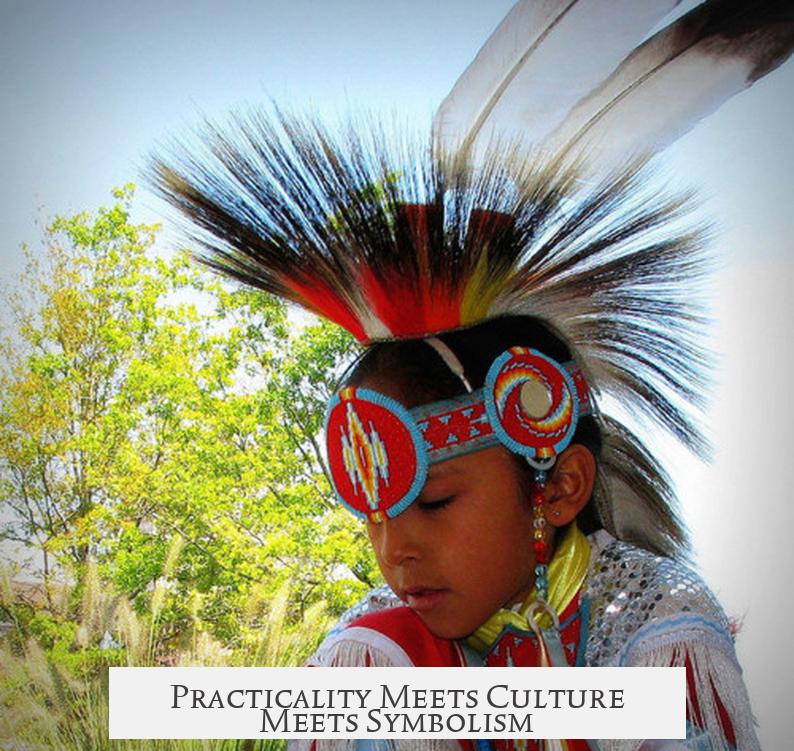
When you piece it all together, the Mohawk hairstyle’s popularity emerges clearly:
- Practicality: It keeps men’s hair clear of their bowstrings, uncluttered for battle or hunting.
- Cultural Expression: Hairstyles reflect individual tribal identities and aesthetics — no one-size-fits-all.
- Symbolism: As a war-ready haircut, the roach or Mohawk signals masculinity, maturity, and fighting prowess.
- Artistic Display: The use of animal hair, dyes, and feathers shows creativity and status during ceremonies.
Interested in deeper knowledge about specific tribal hairstyles? The Encyclopedia of American Indian Costume is a fantastic resource. It dives into detailed research on tribes, their clothing, and hair traditions.
Final Thoughts: More Than Just a Haircut
So why was the Mohawk haircut so prevalent among Native American tribes? It wasn’t just about looking cool. It was a smart, functional, and powerful statement – combining the needs of survival with the complexities of identity, culture, and pride.
Think about it: a hairstyle that stops your arrow from tangling in your hair, shows you’re a fighter, and lets you flaunt feathers and scalplocks earned in battle. That’s some serious multitasking. Hard to beat a style with that much purpose behind it.
Next time someone asks about the Mohawk, you’ll know it’s more than history — it’s a vivid story woven into the lives and identities of Native Americans, practical as it is symbolic.
